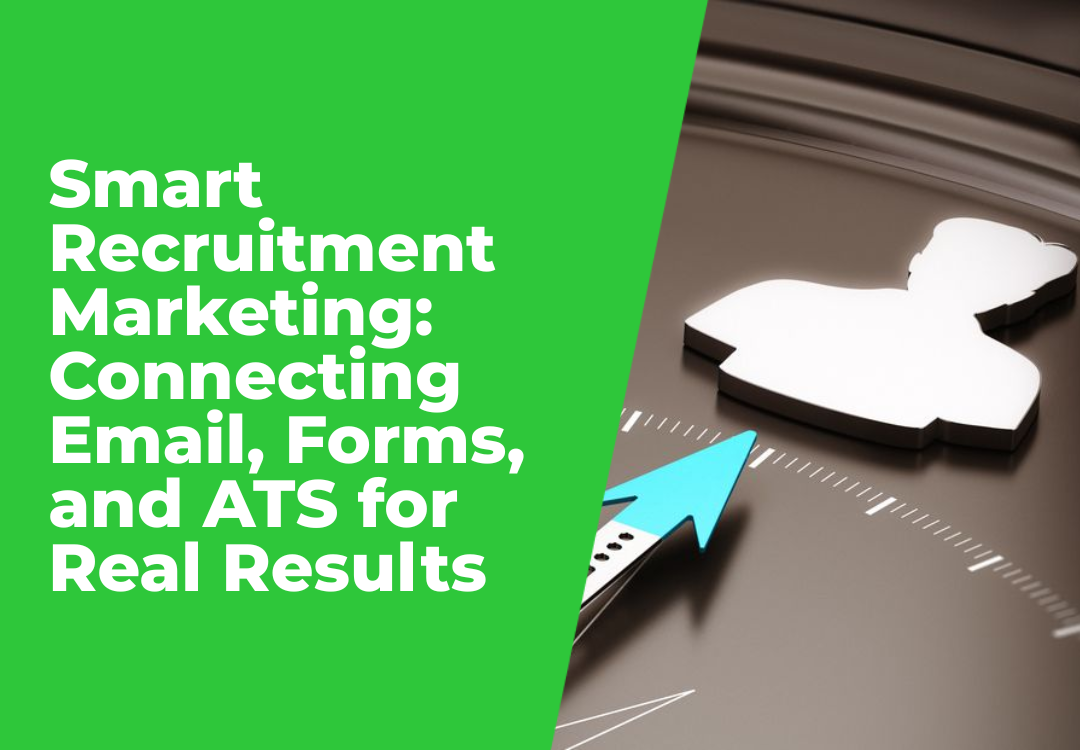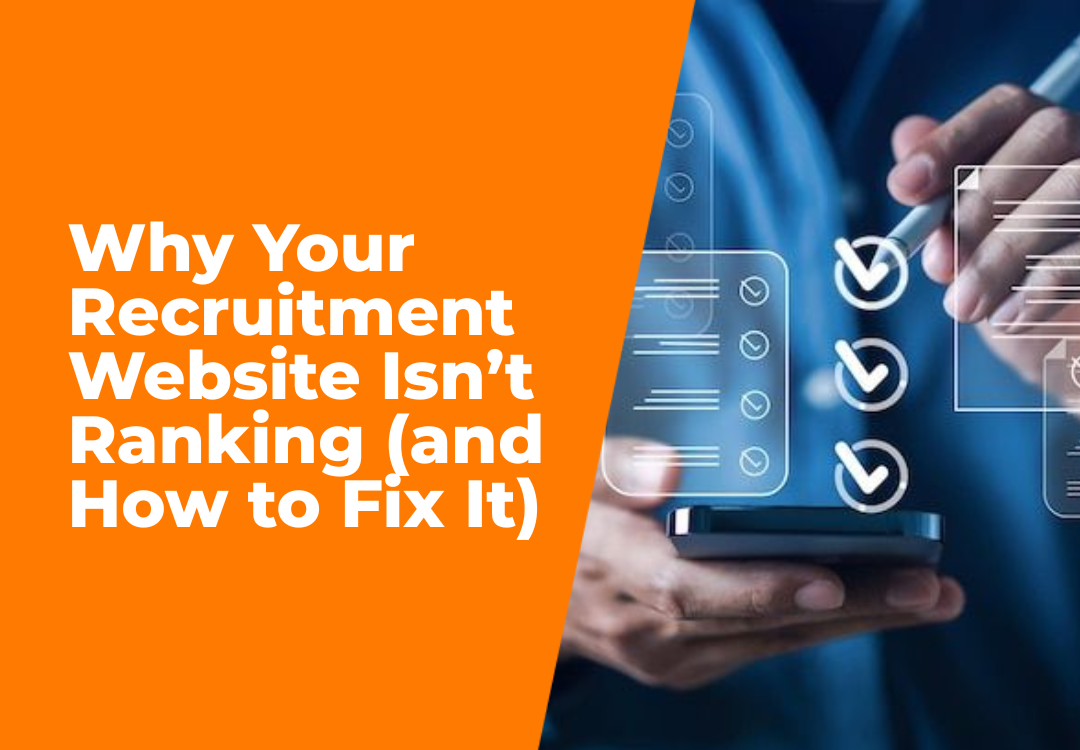Business Listings Matter for Recruiters!
Nicole Clarke • August 6, 2021
Listings are an online summary of essential information for your business that serve as a powerful tool to help customers find you online and in real life. Here’s what you need to know:
NAP+W
No, we didn’t fall asleep on the keyboard. NAP+W is the acronym that explains all the information that should be included in business listings.
N
ame
A ddress
P hone number
+
W ebsite
A ddress
P hone number
+
W ebsite
These four pieces of information are the business listings starter-pack. They provide the basic information potential customers need to have in order to research, contact and locate your business.
Want to score some major bonus points? Include information like hours of operation in business listings— it's what consumers are most interested in!
Will my listings work?
The effectiveness of a business listing depends on the information’s presence and accuracy. Listings are available through a variety of sources, including search engines, online directories and maps, or social sites. When it comes to listings presence, more is definitely better. Availability on as many sources as possible will create multiple avenues for consumers to find your business. But (and this is a big but), presence only pays off if the listings are accurate. Listings are accurate if the information is correct and consistent across all potential sources. Seems easy enough, right?
Why are listings important?
Listings with good presence and accuracy will undoubtedly pay off for your business. Here’s how:
No more hide and seek
Just as the brightly lit bat signal guides everyone’s favorite caped crusader (that’s right Superman, we said it!), accurate and readily available listings will help guide consumers right to your business’s door steps.

They even have similar shapes. Coincidence? We think not…
If a business’s listing is incorrect or missing, the majority of consumers will feel less confident about the brand , likely leading them to choose a competitor’s product or service. The availability of accurate listings ensures customers are actually able to find brick and mortar locations while they’re open for business. This means money in the business owner’s pocket and, just as importantly, it means the business can be reviewed.
“In my humble opinion…”
An ample review pipeline is an essential tool for developing a business’ online reputation and fostering brand loyalty. Reviews allow customers to communicate their experience with a business to potential buyers, but if consumers can’t find a business listed online, their opinion of it won’t be well-informed. Accurate listings create the opportunity for transparency between businesses and consumers in the form of reviews, and the availability of this information will help increase a business’s visibility.
All aboard the search engine
Consistent, accurate listings and the generation of reviews will directly benefit a business’s visibility by boosting its ranking in local search engine results. Search engine optimization is a complex tool, so why not take advantage of it by simply ensuring your business is listed accurately! Increased visibility means more customers, and what business owner doesn’t want that?
Now what?
This listings low-down provides a basic definition and describes the benefits of business listings. Create listings on sites worth lots of points to improve your listings score. We’ve ranked them by importance using a lot of key factors—how many sites reference them, traffic, demographics and more.
Note that your listing score now makes a big difference to your SEO, make sure you include your website URL and get backlinks to your domain.
Check out the Shazamme marketing dashboard that will help you track and manage all of this and more.

By Nicole Clarke
•
October 28, 2025
How to Track Your LinkedIn Leads (and Finally See What’s Working) Most recruitment agencies post regularly on LinkedIn, but few actually know what’s working. You might get great engagement, but how do you know if those likes and clicks are turning into new clients or candidate enquiries? If you’re not tracking your leads, you’re flying blind. The good news is that it’s incredibly easy to fix. You just need a simple setup using UTM tracking and Google Analytics (GA4) . Here’s how to do it properly so you can see exactly which posts, people, and campaigns are driving real results. Step 1: Add UTM Links to Every LinkedIn Post Whenever you share a link on LinkedIn, whether it’s to a job, a blog, other content or a “book a demo” page etc you should add a little bit of tracking code at the end of your URL. This code is called a UTM , and it tells you exactly where your traffic came from once people land on your website. Example: https://www.xyzrecruitment.com/book-demo?utm_source=linkedin&utm_medium=social&utm_campaign=demo_launch&utm_content=post1 Here’s what each tag means: utm_source=linkedin → tells you the traffic came from LinkedIn utm_medium=social → identifies it as an organic social post utm_campaign=demo_launch → labels your specific campaign utm_content=post1 → helps you see which post or person shared it You can use Google’s free Campaign URL Builder to generate these in seconds. Step 2: Use Tagged Links in Every Post and Profile Once you’ve created your UTM-tagged links, use them everywhere you share links from LinkedIn: Company updates Recruiter and consultant posts LinkedIn articles or newsletters Comments and DMs If multiple people in your team are posting, give each person their own UTM content tag (for example: utm_content=sarah_post or utm_content=liam_article ) so you can easily see who’s driving the most traffic or conversions. Step 3: Track the Results in Google Analytics 4 With your UTM links live, it’s time to see what’s working. In Google Analytics (GA4) , go to: Reports → Acquisition → Traffic Acquisition Filter by: Source / Medium = linkedin / social Now you’ll see: How many visitors came from LinkedIn Which pages they viewed Whether they filled out a form, booked a demo, or applied for a role That’s how you finally connect your LinkedIn activity to actual business outcomes. Step 4: If You Run Paid Ads — Connect LinkedIn to GA4 If you’re also running LinkedIn Ads , connect your LinkedIn Campaign Manager to GA4 . This gives you the complete picture, not just clicks and impressions, but which ads and audiences are driving conversions. Step 5: Create a Simple Dashboard Once you’re tracking everything, pull it together in a Google Looker Studio (Data Studio) dashboard. You’ll get a clear visual of: Traffic from LinkedIn (organic + paid) Conversions by campaign Which recruiters generate the most leads Your overall ROI from LinkedIn It’s simple, visual, and finally gives you proof of what’s working. Why This Matters for Recruitment Agencies Without UTM tracking, your LinkedIn traffic shows up in Google Analytics as “direct” or “referral”, which tells you nothing. With proper tracking, you’ll know: Which campaigns or posts bring in new client leads Which recruiters or consultants drive the most engagement What content types actually convert It’s not about guessing, it’s about growing with real data. Quick Recap Step 1: Add UTM links to every LinkedIn post — Tracks traffic accurately Step 2: Use consistent naming — Keeps your data clean Step 3: Check GA4 reports — See conversions clearly Step 4: Connect LinkedIn Ads — Measure full ROI Step 5: Build a dashboard — See what’s working at a glance Final Tip Consistency is key! One untagged link can throw off your data. Once you start tracking properly, you’ll quickly see which content drives leads and where to focus your marketing energy next. If you’d like help setting up UTM links or building a simple LinkedIn-to-GA4 dashboard, contact the team at www.shazamme.com we can show you exactly how to do it right!








